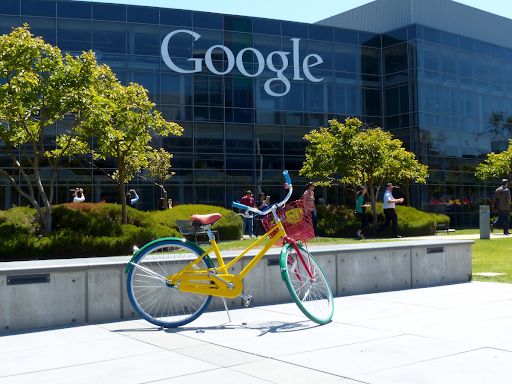Quantum interference, where probability amplitudes combine constructively or destructively, is essential for quantum computing advantages. This phenomenon enables quantum algorithms to amplify correct answers while suppressing incorrect ones.
Interference effects have no classical analogue, representing genuinely quantum behavior. Understanding and exploiting interference requires deep knowledge of quantum mechanics and careful algorithm design.
The wave-like nature of quantum states enables interference, contrasting with the particle-like definiteness of classical bits. This wave-particle duality underlies quantum computing’s unique capabilities.
Quantum algorithms are specifically designed to create interference patterns that guide computations toward desired outcomes. The mathematical structure of these algorithms determines how probability amplitudes interfere.
Maintaining coherence long enough for interference effects to accumulate is challenging. Decoherence destroys the delicate phase relationships necessary for interference to occur properly.
Experimental demonstrations of quantum interference in computational contexts validate both quantum mechanics and quantum computing principles. These demonstrations show that interference can be harnessed for practical purposes.

